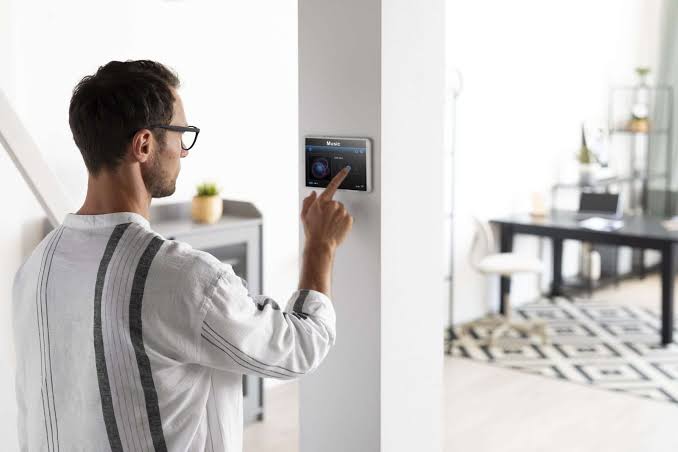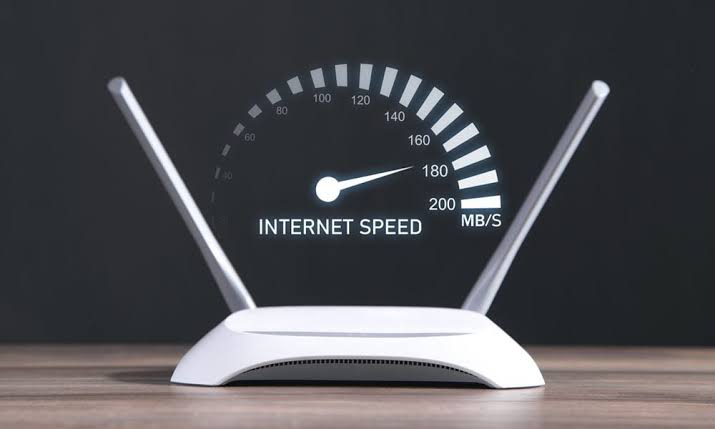Smart home devices have rapidly transformed from futuristic luxuries into everyday necessities. From smart speakers and thermostats to security cameras and connected appliances, these devices offer convenience, efficiency, and enhanced living experiences. However, many households do not take full advantage of the features built into these technologies. To truly maximize the potential of your smart home devices, you need to go beyond basic use and explore the advanced functions, integrations, and customization options that can make your home smarter and more efficient.
Understand the Full Capabilities of Your Devices
Many homeowners only use a fraction of the features that their smart devices offer. For example, a smart thermostat is often used only to adjust temperature settings remotely, but it can also learn your daily habits, optimize energy consumption, and even provide insights into reducing bills.
Before settling for basic functions, spend time exploring the device’s user manual or companion app. Many manufacturers release updates that unlock new features, so checking regularly helps ensure you are not missing out. Features such as voice controls, scheduling, and automation routines can significantly enhance your experience.
Create an Integrated Ecosystem
One of the biggest advantages of smart home devices is their ability to work together. However, many people install devices from different brands without connecting them into a unified system. This limits their efficiency and potential. By integrating your devices into a single ecosystem, you can streamline control and automate tasks.
For instance, connecting your smart lights with your smart security system allows lights to turn on automatically when motion is detected. Similarly, linking your smart speaker to your thermostat can let you adjust the temperature with a simple voice command. Choosing devices that support platforms like Amazon Alexa, Google Home, or Apple HomeKit ensures better compatibility and smoother integration.
Automate Daily Routines
Smart devices excel at reducing repetitive tasks through automation. Automating your daily routines can make your home more convenient and energy efficient. For example, you can program your coffee machine to start brewing when your morning alarm goes off.
Other useful automation ideas include:
- Setting smart lights to gradually brighten in the morning to simulate a natural sunrise
- Automating thermostat adjustments when you leave or return home
- Locking smart doors automatically at night for added security
- Turning off entertainment systems when no motion is detected in a room
By programming these routines, you allow your devices to work for you without constant manual input.
Focus on Energy Efficiency
Smart home devices can play a significant role in reducing energy consumption and lowering bills if used correctly. Smart plugs, for example, can monitor energy use of individual appliances and help you identify wasteful habits.
Smart thermostats can automatically adjust temperatures based on whether you are home or away, while smart lighting systems ensure that no room is unnecessarily lit when unoccupied. Over time, these small adjustments contribute to significant savings, making your smart home not only more comfortable but also more eco-friendly.
Enhance Home Security
Home security is one of the areas where smart devices shine the most. Beyond simply installing cameras, you can maximize their potential by enabling features such as motion detection alerts, facial recognition, and remote monitoring.
Integrating security devices with other smart systems also improves effectiveness. For instance, you can configure your smart lights to flash when the doorbell camera detects unexpected movement, or have alerts sent directly to your smartphone while you are away. By fully utilizing these features, your smart home becomes a strong shield against intruders.
Keep Software and Firmware Updated
Manufacturers frequently release updates to fix bugs, improve performance, and enhance security. Without updates, even the most advanced smart devices may become vulnerable to hackers or lose access to new features.
Enabling automatic updates where available ensures your devices remain optimized and secure. This step is crucial because outdated firmware can create weak points in your smart home ecosystem, putting your privacy and data at risk.
Prioritize Data Privacy and Security
Smart devices collect large amounts of data about your daily activities, which makes privacy and security a top concern. To maximize the potential of your devices without compromising safety, you must manage permissions carefully and secure your network.
Best practices include:
- Changing default passwords to strong, unique ones
- Using WPA3 encryption on your Wi-Fi network
- Disabling unnecessary features like remote access when not needed
- Reviewing privacy settings in device apps regularly
By securing your devices, you can enjoy their benefits without exposing yourself to unnecessary risks.
Customize Voice Assistant Commands
Voice assistants are central to many smart homes, but they often go underutilized. Instead of using them only for basic tasks like playing music, you can create custom commands and routines. For example, a single command like “Goodnight” can trigger multiple actions such as turning off the lights, locking the doors, and adjusting the thermostat.
Customizing voice commands allows you to create a personalized experience tailored to your household’s needs. This not only improves convenience but also helps make your devices truly smart.
Regularly Evaluate Device Performance
To ensure you are maximizing your smart devices, it is important to evaluate their performance regularly. Check whether certain automations are still useful, if devices are slowing down, or if there are newer models that better fit your needs.
As technology evolves, some devices may become outdated or lose support. Keeping an eye on performance allows you to make timely upgrades and maintain a smooth, efficient smart home environment.
Conclusion
Maximizing the potential of your smart home devices requires a balance between proper setup, continuous updates, and creative use of available features. Instead of limiting these tools to their most basic functions, you can unlock advanced capabilities such as automation, integration, energy management, and enhanced security.
By fully exploring the possibilities of each device, creating an integrated ecosystem, and maintaining strong security practices, your smart home can move beyond convenience into a truly intelligent environment. With the right strategies, your devices can save you time, energy, and money while improving your overall quality of life.



